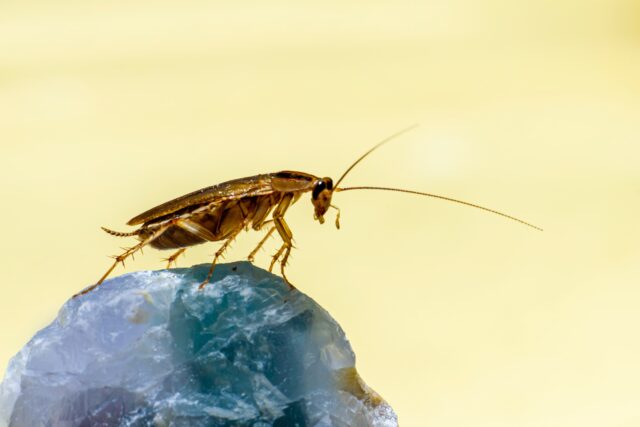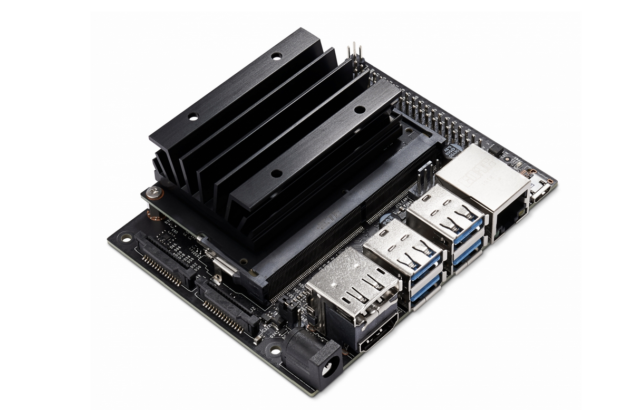Scientists Create AI-Powered Laser to ‘Neutralize’ Cockroaches

Researchers in Scotland have devised a way to “neutralize” creepy crawlies in the coolest way possible: by shooting them with a laser. Ildar Rakhmatulin, a research associate at Edinburgh’s Heriot-Watt University, recently partnered with a group of engineers, biologists, and machine learning specialists to create a cockroach-compromising, AI-powered laser device. Rakhmatulin had previously created Raspberry Pi and laser combinations to kill mosquitos, but after recognizing the effect roach infestations could have on the restaurant industry and general public health, he wanted to go bigger.
The system begins with a single-board Jetson Nano, a small computer capable of running deep learning algorithms. Using 1,000 images of cockroaches in different lighting, Rakhmatulin and his team trained the Nano to recognize its target and track the insect’s movement. Once the two cameras attached to the device have located a roach, the Nano calculates its target’s distance within 3D space. It then sends this information to a galvanometer, which uses mirrors to adjust the laser’s direction. The laser can then be shot at the target.

The Jetson Nano is the core of Rakhmatulin’s roach laser. (Photo: Nvidia)
The laser’s effect varies depending on its power level. Lower power appears to trigger the insects’ flight response, which the team thinks might teach roaches not to return to a particular area. Stronger power levels “neutralized” (AKA killed) the roaches. Better yet, the team is already testing it on a wider range of pests, like hornets.
Technology like Rakhmatulin’s could be a viable alternative to more conventional anti-roach measures. Mechanical and sticky traps are better used as monitoring tools than as a way to get rid of roaches, since they only catch or kill a few wanderers at a time. While effective on a larger scale, many pesticides contain “forever chemicals” that leach into the environment and pose serious public health risks. Some are even dangerous to use around children or pets.
But it’ll be a while before the team’s roach laser becomes available to the hospitality industry or public health agencies—if ever. Though the technology is relatively inexpensive (Rakhmatulin writes each of the device’s five components was under $250), it’s so far incapable of targeting a specific part of an insect’s body, which would make it more effective. Its actual laser component is also dangerous to the human eye without proper precautions.
Now Read:

Comments are closed.